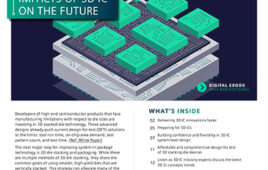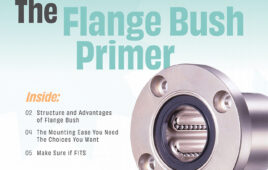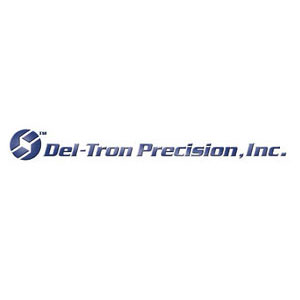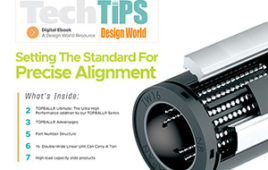Download the Designing With Stepper Motors Ebook
While brush DC motors turn continuously when power is applied, stepper motors only move one discrete step. This is because of the unique construction of a stepper motor and the use of multiple ‘toothed’ electromagnets around a gear-shaped magnetically attractive portion of the drive shaft. The stepping motion is achieved by using two sets of teeth that are offset a short distance apart. When one set of teeth is energized, it pulls the drive shaft gear into alignment with them. When the next set of teeth is energized, they pull the gear into alignment with them, moving a step in the process. By controlling the spacing between the teeth, the amount of rotation in a step can be controlled.
|
|
Filed Under: Tech Tips • eBooks, Motors • stepper

 A STEPPER MOTOR is a DC motor that turns in discrete steps. At each step, the motor holds its position without requiring power. As long as the motor is sized correctly and no steps are skipped, this eliminates the need for feedback positioning sensors. Removing the feedback requirement and the digital nature of a stepper motor make it easy to integrate it into digital systems.
A STEPPER MOTOR is a DC motor that turns in discrete steps. At each step, the motor holds its position without requiring power. As long as the motor is sized correctly and no steps are skipped, this eliminates the need for feedback positioning sensors. Removing the feedback requirement and the digital nature of a stepper motor make it easy to integrate it into digital systems.




Tell Us What You Think!